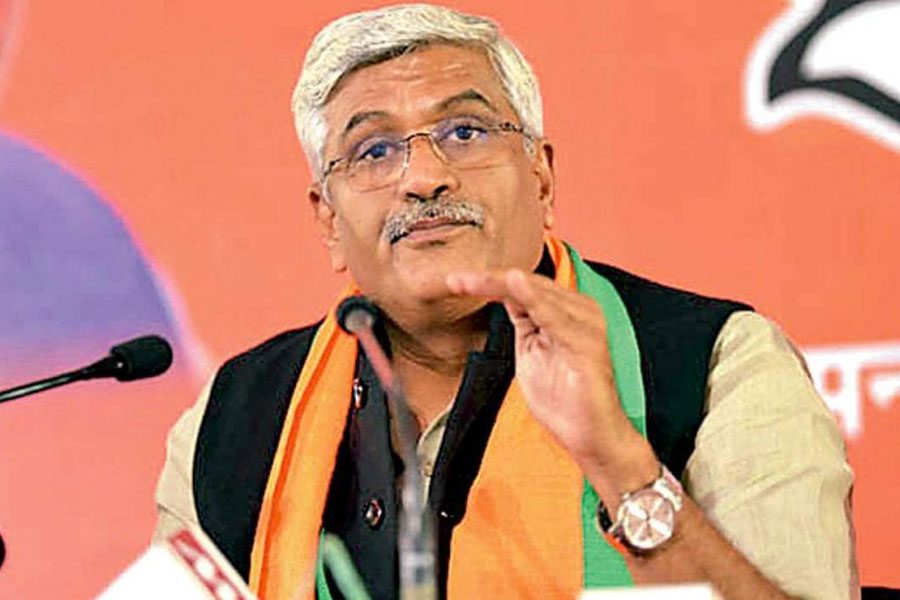Canada is heading towards one of its most unusual federal elections ever after its new prime minister, Mark Carney, announced over the weekend that the country would vote for its next government on April 28. While Canadians have been grappling with a range of concerns, including the high cost of living, the five-week campaign that is currently underway is being shaped not only by domestic issues but also by the man who leads their neighbouring nation: Donald Trump. Mr Trump’s introduction of a series of tariffs on Canada, his threat to impose more, and his repeated suggestion that he wants to annex the country as the 51st state of the United States of America have fundamentally upended the traditionally stable bilateral ties between the two countries. They have also completely transformed Canada’s election. The Conservative Party, under its leader, Pierre Poilievre, had appeared poised for a comfortable win over the incumbent Liberal Party. But the resignation of Justin Trudeau, Canada’s prime minister for the past decade to make way for Mr Carney, and the perception of the threat posed by Mr Trump have changed all of that.
Mr Carney appears resolute in taking on Mr Trump and seems to have convinced many Canadians that he is best placed to tackle the US president. Consequently, the Liberal Party has not just caught up with the Conservatives but has stepped into the lead in recent poll projections. The election still promises to be close, and Mr Trump’s promise of fresh tariffs on most trading partners on April 2 could pose another test for Mr Carney. But the real challenge for Canada will come after the vote. Political rhetoric is well and good, but Canada’s next prime minister will have to face up to the reality that the country depends much more on the US than America does on it. In 2023, 71% of Canada’s exports were to the US and 50% of its imports were from America. Canada was the destination for 14.5% of US exports and the source of 13.6% of US imports. The next Canadian government will need to devise strategies to diversify the country’s trade, reduce its reliance on the US, and still maintain a working relationship with Washington — all the while dealing with Mr Trump.










